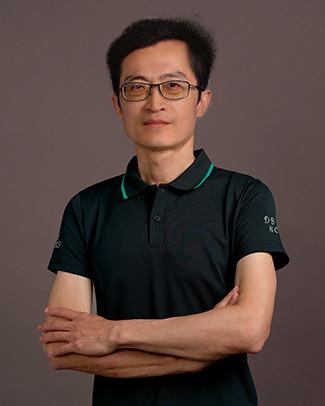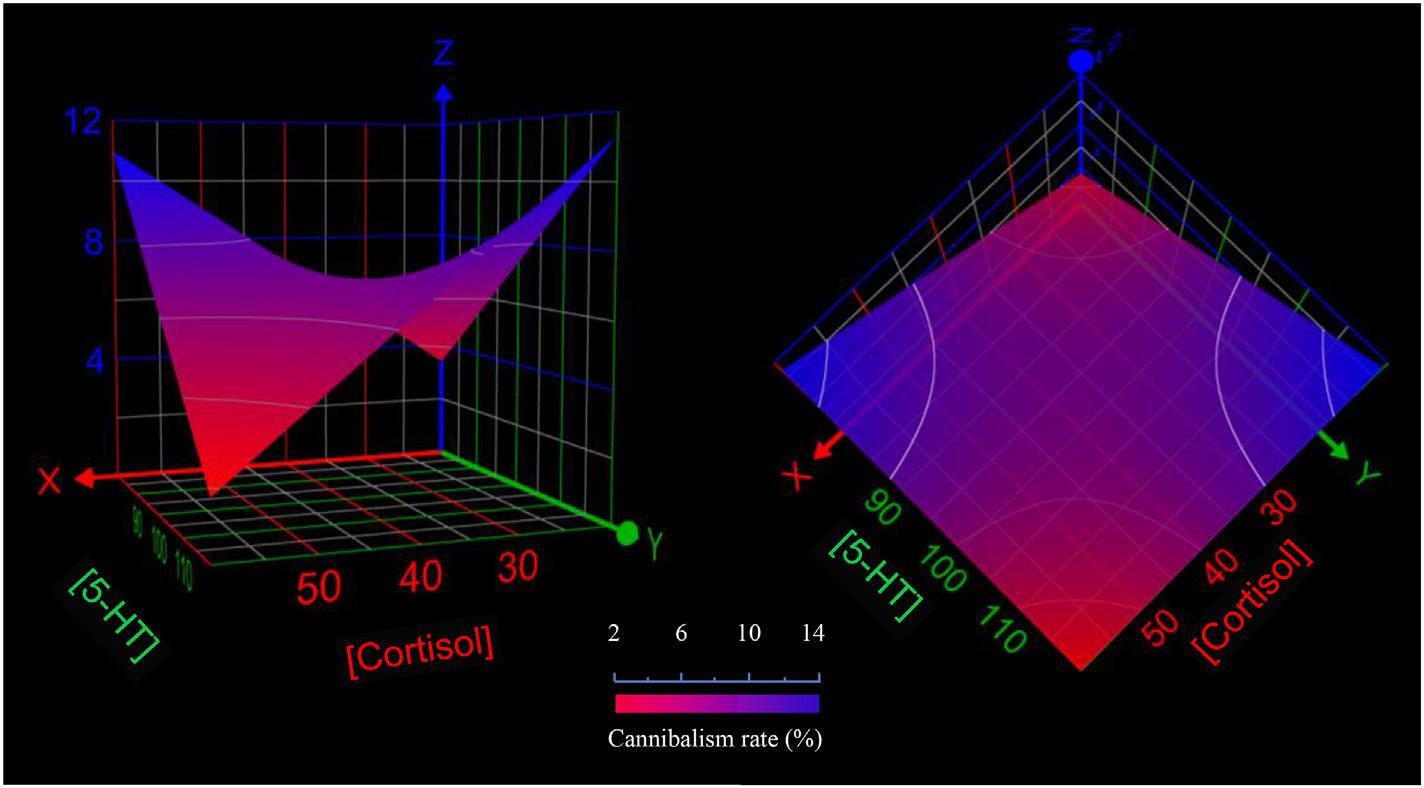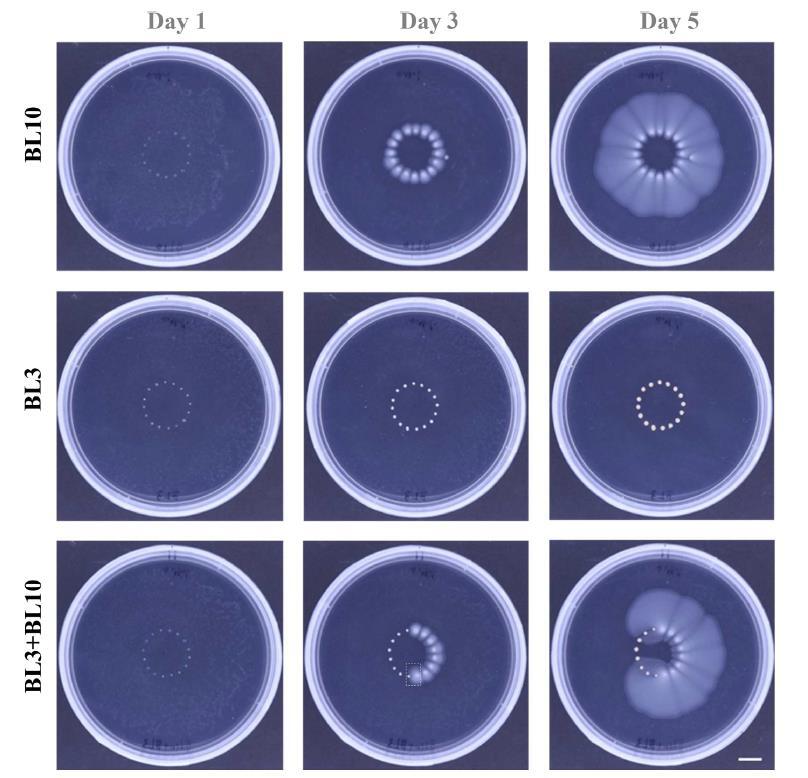陳逸民 副教授

陳逸民 副教授
學群:農業及海洋生物科技產業學群
研究專長:應用藻類學
E-mail:cohen@mail.ncku.edu.tw
研究室:89804
研究室Tel:+886-6-2757575#58217
實驗室Tel:+886-6-2757575#58224#812

| 學校 | 系所 | 國家 | 學位 | 起訖年月 |
| 國立台灣大學 | 海洋研究所 | 中華民國 | 博士 | |
| 國立台灣大學 | 漁業科學所 | 中華民國 | 碩士 | |
| 國立台灣大學 | 動物學系 | 中華民國 | 學士 |

| 服務機關 | 職稱 | 起訖年月 |
| 國立成功大學 | 副教授 | 2015.08~ |
| 國立成功學 | 助理教授 | 2010.08~2015.08 |
| 國立成功大學 | 專案助理教授 | 2007.02~2010.07 |
| 國立成功大學 | 博士後研究 | 2006.06~2007.02 |

目前本實驗室有兩大研究主題:一是海洋微生物的應用,涵蓋1. 如何利用海洋微藻及細菌處理鹽及高有機物廢棄物,例如酸菜醃漬廢液或糖蜜發酵廢液 2. 水產養殖,包括餌料生物及綠水系統 3. 微藻機能性食品 4. 新藥。另一個是微生物生物技術、生理及行為的基礎研究,涵蓋1. 研究破囊壺菌的基因轉殖及突變技術,藉以改善其量產高度不飽和脂肪酸的能力 2. 研究破囊壺菌特殊的微生物社會行為及雙階段生長行為 3. 研究微綠藻與三種海洋細菌的共生機制,及其在形成共生關係後如何產生抗弧菌的能力。
 |
Aurantiochytrium strain BL10 is rich in highly unsaturated fatty acids (HUFAs), particularly docosahexaenoic acid (DHA). Previous research has shown that adding 2% of dry BL10 powder to increase the DHA content of feed for orange-spotted grouper (Epinephelus coioides) does not benefit growth but can significantly reduce size discrepancies between individuals and thereby potentially decrease the chance of cannibalism. To understand whether a 2% BL10 supplement can really reduce the cannibalism rates of E. coioides, whether increasing the BL10 dosage can reduce the cannibalism rates of E. coioides even further, and how the BL10 supplements affect cannibalistic behavior, we produced four isonitrogenous and isolipidic experimental diets dosed with different weight percentages (0, 2, 4, 6%) BL10 meal and fed it to E. coioides fingerlings (total length 3.8 ± 0.3 cm) for two weeks. During the feeding period, cannibalism in the experiment groups were observed. After the feeding period, we analyzed the brain fatty acid composition, brain 5-hydroxytryptamine (5-HT) levels, and serum cortisol levels in the experiment groups and used regression analysis to examine the relationships among these biochemical variants and cannibalism rates. The results indicate that 2–6% BL10 supplements, particularly 2% BL10 supplement, could significantly reduce the cannibalism rates of E. coioides. The BL10 supplements increased the proportions and contents of HUFAs in the brains of E. coioides, increased brain 5-HT levels, and reduced serum cortisol levels. The results of univariate linear regression indicated that the serum cortisol level exhibited a significant negative correlation with brain HUFA content, particularly arachidonic acid (ArA). Whereas, brain 5-HT was positively correlated with the ratio of n-3/n-6 fatty acids in the brain. Subsequent multivariate linear regression demonstrated that cannibalism is affected by serum cortisol, brain 5-HT levels and their interaction. Our results provide new insight into the physiological regulation mechanisms behind the cannibalistic behavior of teleost and provide a feasible solution at the same time. |
 |
Co-culturing microalgae Picochlorum strain S1b with bacterium isolated from non-axenic S1b cultures (i.e., Labrenzia sp. strain #8, Muricauda sp. strain #50, or Arenibacter sp. strain #61) can provide growth inhibitory effects against Vibrio harveyi and/or Vibrio campbellii. To determine whether this strategy can also provide growth inhibitory effects against Vibrio parahaemolyticus and thus help control acute hepatopancreatic necrosis disease (AHPND) in shrimp, this study compared the ability of various microalgal-bacterial consortia (S1b+#8, S1b+#50, S1b+#61, and S1b+#8, #50, #61) to inhibit the growth of V. parahaemolyticus. The challenge tests were then performed to determine whether the identified microalga-bacterial consortium can increase the survival of shrimp infected with AHPND-causing V. parahaemolyticus. The results revealed that only S1b+#8, #50, #61 (S1b+all) significantly inhibited V. parahaemolyticus growth. For this consortium, both feeding (0.8% of shrimp body weight/day) and immersion (10–100 mL microalgal-bacterial co-culture/30 L tank water/day) methods conferred protective effects, thereby demonstrating that the S1b+all has the potential to improve AHPND control. Of the two methods, feeding was found to be more suitable for the outdoor cultivation of juvenile shrimp, whereas immersion was found to be suitable for the indoor cultivation of shrimp postlarvae. |
 |
The current study investigated the potential functions of amoeboid cell formation and migration in a thraustochytrid strain, Aurantiochytrium limacinum BL10. Our results showed that: (1) When the surface of an agar plate was inoculated with BL10, amoeboid cells mainly emerged on the periphery of isolated colonies. The amoeboid cells then migrated outwards to form small vegetative cell clusters, which favored rapid colony expansion. In addition, amoeboid cells were capable of self-recognition (i.e. they were able to distinguish BL10 from other thraustochytrid species), and could choose whether to evade (self colonies) or approach (non-self colonies). These observations indicated that amoeboid cells were employed by BL10 to help colonize empty territories and to outcompete other thraustochytrid species in previously colonized territories. (2) When the agar medium was soft, amoeboid cells were able to penetrate the surface and migrate throughout, thereby allowing BL10 to colonize the interior of the solid matrix. This finding suggested that amoeboid cell formation and migration may help Aurantiochytrium colonize the interior of solid matrices to obtain additional nutrients and spatial resources. The mechanisms underlying the regulation of amoeboid cell formation and migration as well as the extraordinary microbial social behaviors of BL10 are also discussed in this article. |

| 項目 | 獲獎年 |
| 登豐獎 | 2013 |
| Best Poster Award | 2008 |
| Oustanding Research Achievement Award | 2006 |
瀏覽數:
分享


.svg.png)
